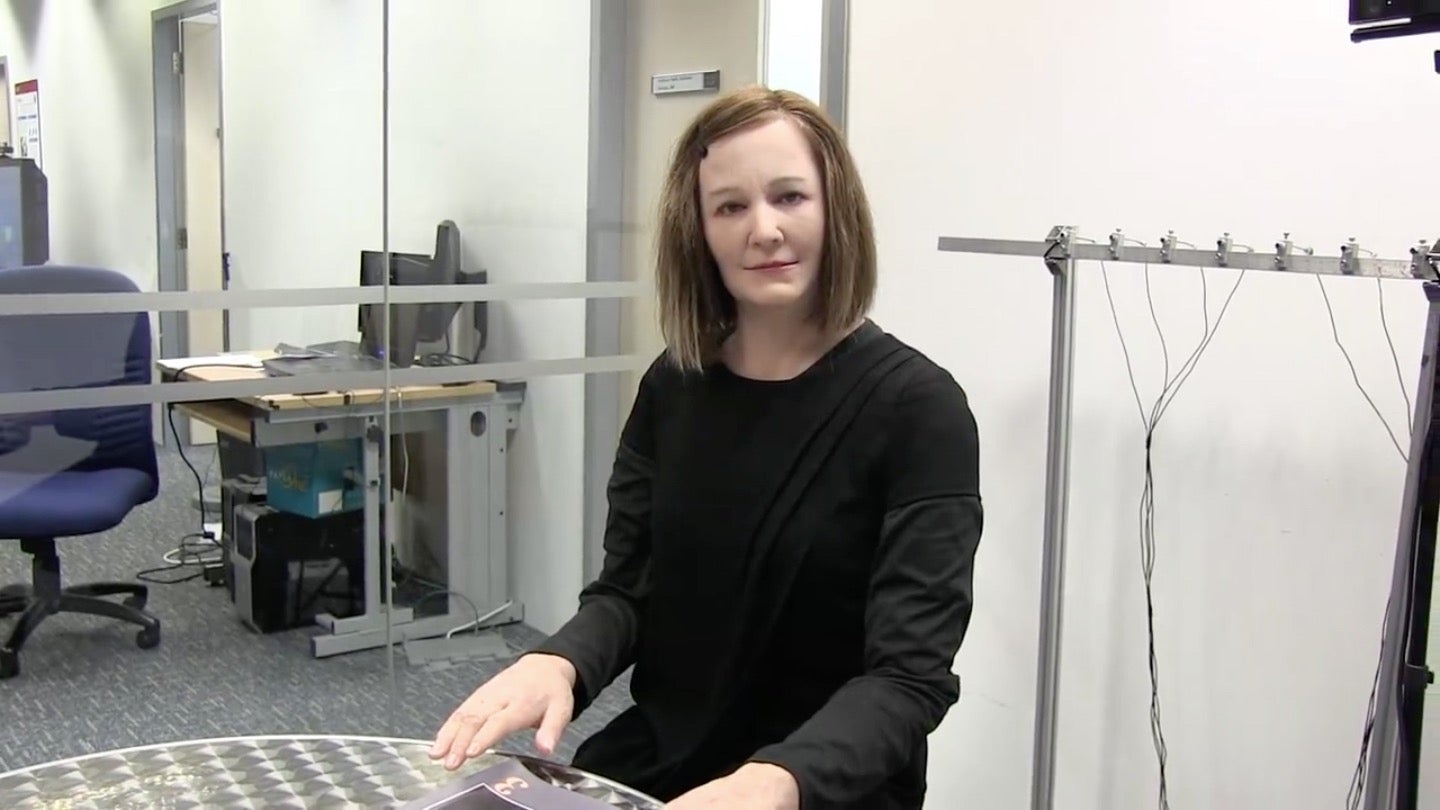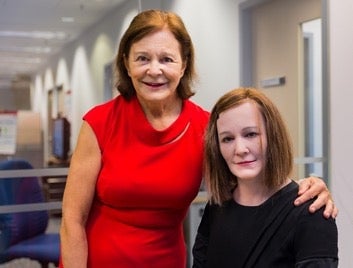Does this “humanlike” robot receptionist make you feel welcome or creeped out?
From a distance, Nadine looks like a very normal middle-aged woman, with a sensible haircut and dress style, and who’s probably all caught up on Downton Abbey. But then you hear Nadine talk and move, and you notice something’s a bit off. Nadine is actually the construct of Nadia Thalmann, the director of the Institute for Media Innovation at Nanyang Technological University in Singapore. She’s a robot that’s meant to serve as a receptionist for the university.


From a distance, Nadine looks like a very normal middle-aged woman, with a sensible haircut and dress style, and who’s probably all caught up on Downton Abbey. But then you hear Nadine talk and move, and you notice something’s a bit off. Nadine is actually the construct of Nadia Thalmann, the director of the Institute for Media Innovation at Nanyang Technological University in Singapore. She’s a robot that’s meant to serve as a receptionist for the university.
Thalmann modeled the robot after herself, and said that, in the future, robots like Nadine will be commonplace, acting like physical manifestations of digital assistants like Apple’s Siri or Microsoft’s Cortana. “This is somewhat like a real companion that is always with you and conscious of what is happening,” Thalmann said in a release.

Nadine can hold a conversation with real humans, and will remember someone’s face the next time she sees him. She can even remember what she spoke about with the person the last time they met. NTU said in its release that Nadine’s mood will depend on the conversations she’s having with others, much like a human’s mood can change. There’s no word on what she’d do in a bad mood, though—hopefully she won’t be able to close pod bay doors, or commit murder. Perhaps when the robot uprising happens, we won’t even see it coming, as they’ll all look just like us.
Assuming Nadine and her progeny have their tempers under control, Thalmann said she sees a future where robots and humans interact in a very natural way, rather like a certain human-cyborg relations robot that’s fluent in over 6 million forms of communication. “In [the] future, these socially intelligent robots could be like C-3PO, the iconic golden droid from Star Wars, with knowledge of language and etiquette,” Thalmann said.
For now, Nadine, human-looking robots like Bina48, and others that are lost in the uncanny valley are just too off-putting for the average person to stand looking at every day. But as processing power continues to increase, the artificial intelligence behind virtual assistants becomes less awkward to talk to, and we get better at giving robots realistic expressions, faces, and movements, we may one day have humanlike robots that science fiction has promised us for so long. But they probably still won’t have proper feelings or know when to tell us the odds of something.